Coworking space for businesses, cheese cooperative, market area: Kherson Oblast communities plan their development together with USAID DOBRE
The USAID DOBRE Program cooperates with twelve communities of Kherson Oblast. Some of these communities have been de-occupied and need to be restored and rebuilt, as they have suffered catastrophic damage. USAID DOBRE officers who recently visited the Kochubeiivska and Vysokopilska communities learned about the challenges the CCs deal with. The visitors saw the resilience and steadfastness of people who, despite the war, plan to live in their community and plan for development.
The Kochubeiivska community: in 2022, they tried to survive; in 2024, they are striving to develop
The Kochubeiivska village community in the Kherson region was under occupation for two weeks in March 2022. For over a month, there was no electricity, water, or communication here.

But the worst thing, according to the head of the community, Ms. Lyudmyla Kostiuk, was to survive the shelling. Two hundred sixty private houses were damaged, and seven were completely destroyed. Unfortunately, seven civilian locals were shot by the Russian occupiers or killed by Russian shelling. About 3000 people lived in the village community until February 24, 2022. The full-scale invasion forced more than half of the residents to leave. Now, people are returning home. Thanks to the help from the state and charitable organizations, the community is steadily recovering. Residents are rebuilding damaged housing, local entrepreneurs are opening shops, medical services are provided here (patients are seen by a therapist and a dentist), and a mobile administrative services center is operating. Children study online, but the community, in cooperation with the Kherson Regional Education Agency, is developing design estimates and plans to build a shelter to switch students to a mixed form of education.
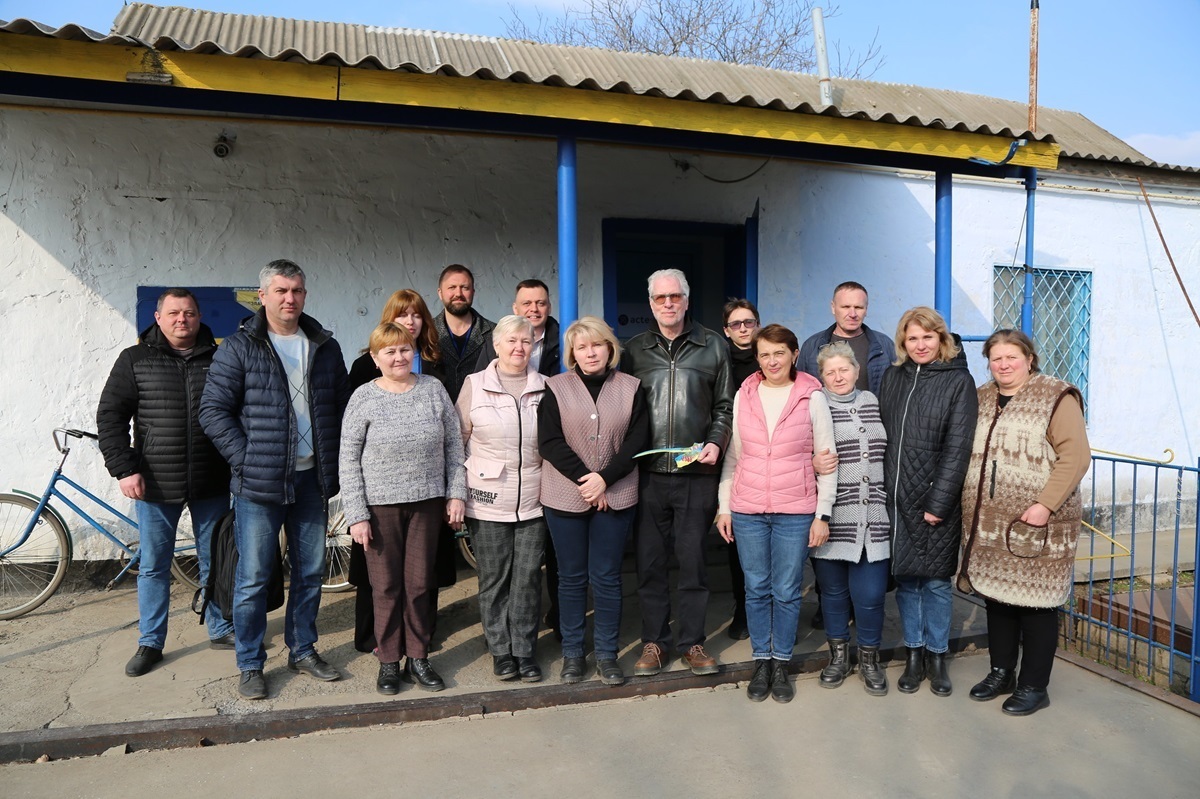
The Kochubeiivska rural community is known in the Kherson region because it is the place where the process of local government reform in southern Ukraine began. In 2015, four local village councils amalgamated voluntarily and formed the community. At that time, representatives of other territories came to Kochubeiivka to study and learn from their experience. A year later, the Kochubeiivska community won the competition and became a partner of the USAID DOBRE Program. As a result, the community was able to implement many socially essential projects before the full-scale invasion. In particular, it improved the transportation service for residents, equipped a youth center with modern equipment, started creating a dairy cooperative, and more.
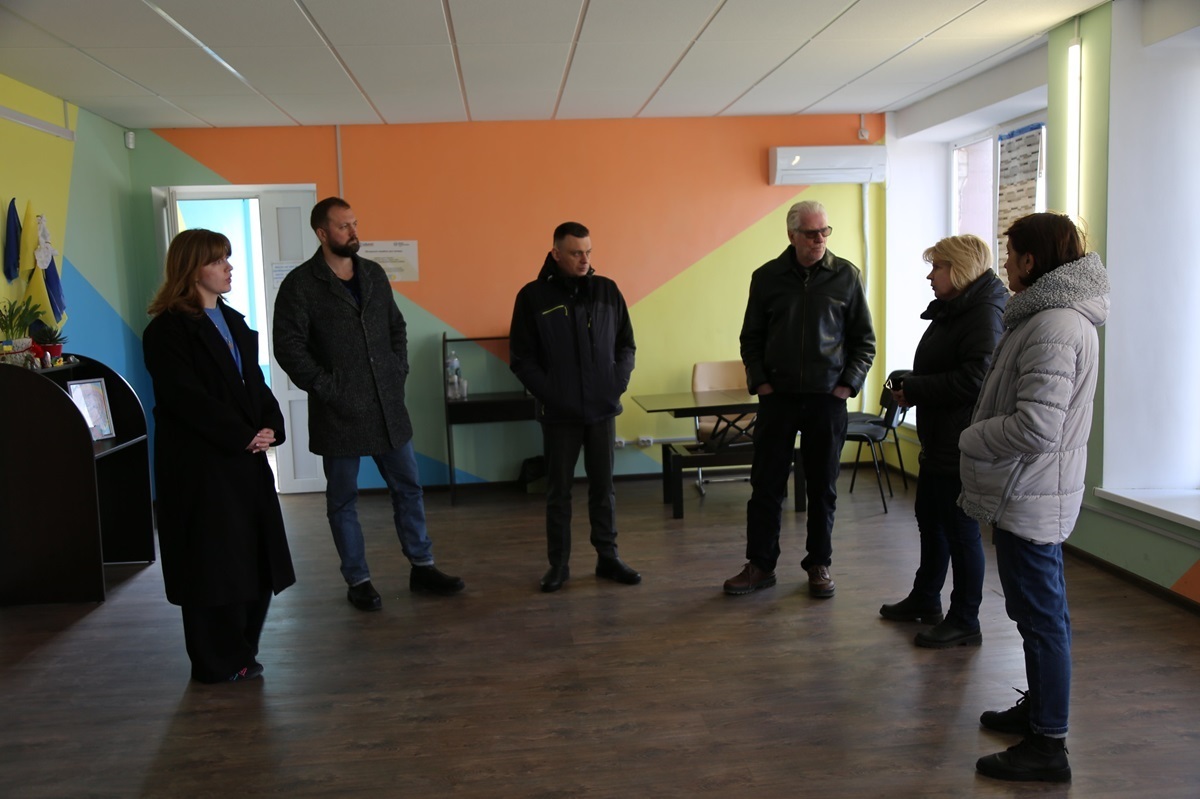
Unfortunately, the full-scale war made adjustments to the community's plans. During the occupation, the Russian military stole a bus, purchased by USAID DOBRE for the residents, and also office equipment from the youth center and the session hall, which was donated by USAID DOBRE. Immediately after the de-occupation of the community, in the spring of 2022, cooperation resumed. As part of the rapid response to war-related challenges, Kochubeiivka residents received equipment, household appliances, bedding, and furniture to equip a local resilience center. In addition, USAID DOBRE strengthened the work of the community's utility company with specialized equipment and tools. In particular, they received a mini-tractor, mini-excavator, tractor-trailer, a wood chipper, and other crucial equipment.
Representatives of the USAID DOBRE Program familiarized themselves with the utility company's work, which serves fourteen community settlements. According to its director, Mr. Dmytro Oleynik, employees clear roadside plantings and use a wood chipper to turn branches into wood chips. This way, they can clean up the community and provide people with biofuel. In a relatively short time, they managed to get 2000 tons of wood chips from the branches.
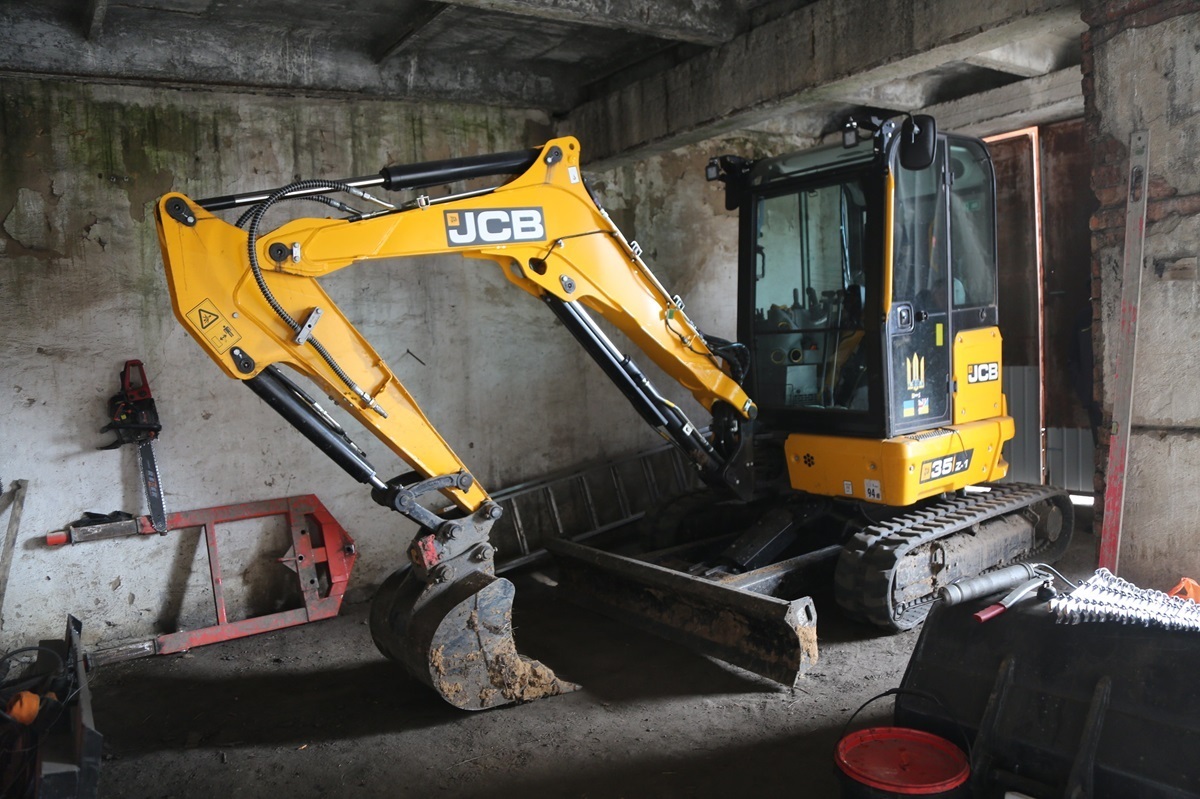
In addition, USAID DOBRE officers inspected the premises of the future cheese cooperative. Before the full-scale invasion, the community planned to establish a craft cheese production cooperative. At the expense of the local budget, they bought a building adapted for this purpose, repaired the roof, replaced windows, and began interior work. In the fall of 2021, USAID DOBRE donated special equipment to the cooperative: a refrigerator, cold rooms, cheese-making machine, milk cooler, butter churn, milk testing laboratory, and more. Fortunately, most of the equipment was not damaged during the occupation. So, the community plans to complete an important task - to open a cooperative and start producing craft cheeses. They also want to equip a place for a market in Kochubeiivka. Under the Local Economic Development Project, the USAID DOBRE Program will provide the community with wooden trading pavilions. In addition, the USAID DOBRE Program will help purchase a bus to establish transportation between the settlements.
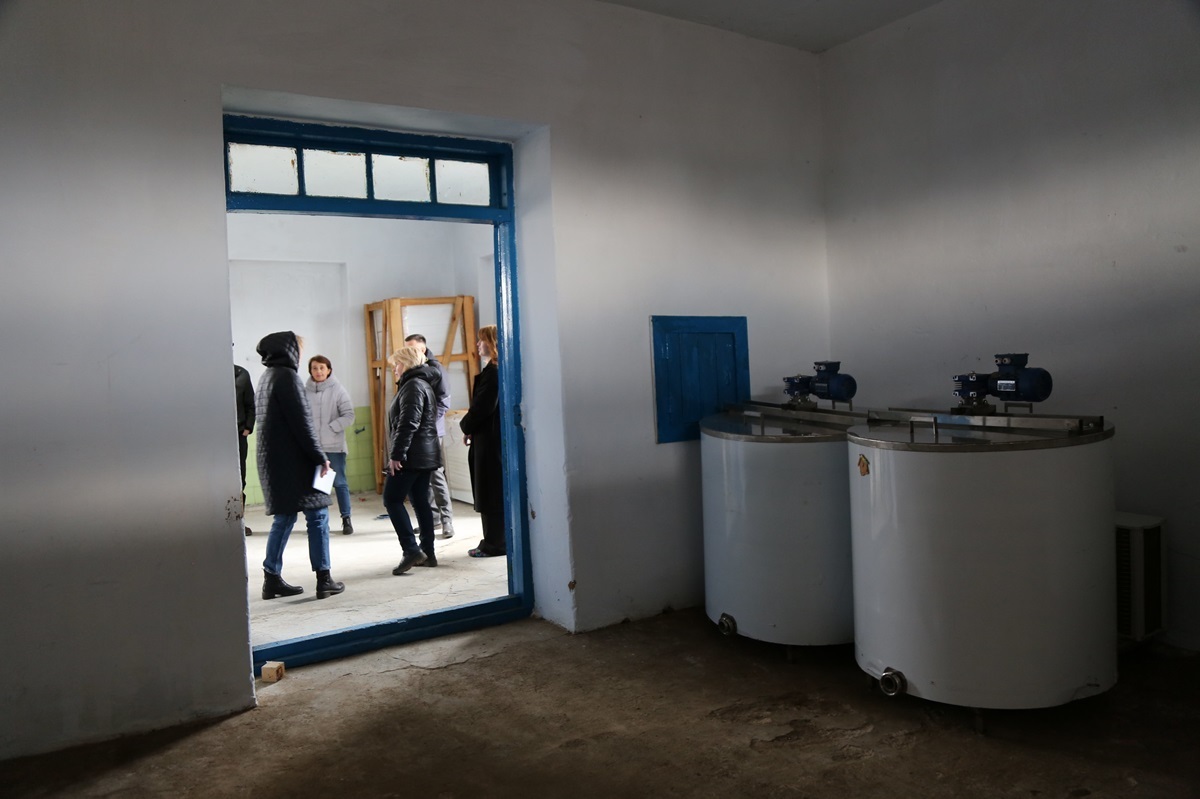
"The USAID DOBRE Program has become our reliable partner, which resumed cooperation with us immediately after the de-occupation. While we tried to survive in 2022, we worked to restore the community in 2023, and now, in 2024, we strive to develop. And our good friends and reliable partners help us in this," says Ms. Lyudmyla Kostiuk, head of the Kochubeiivka Military Administration.

The Vysokopilska community: restoring and steadily rebuilding
The Vysokopilska village community of Kherson Oblast was under occupation for seven months, and massive looting by the Russian military was registered here. There are virtually no surviving houses in the community since it has suffered the gravest destruction among the Kherson region communities.

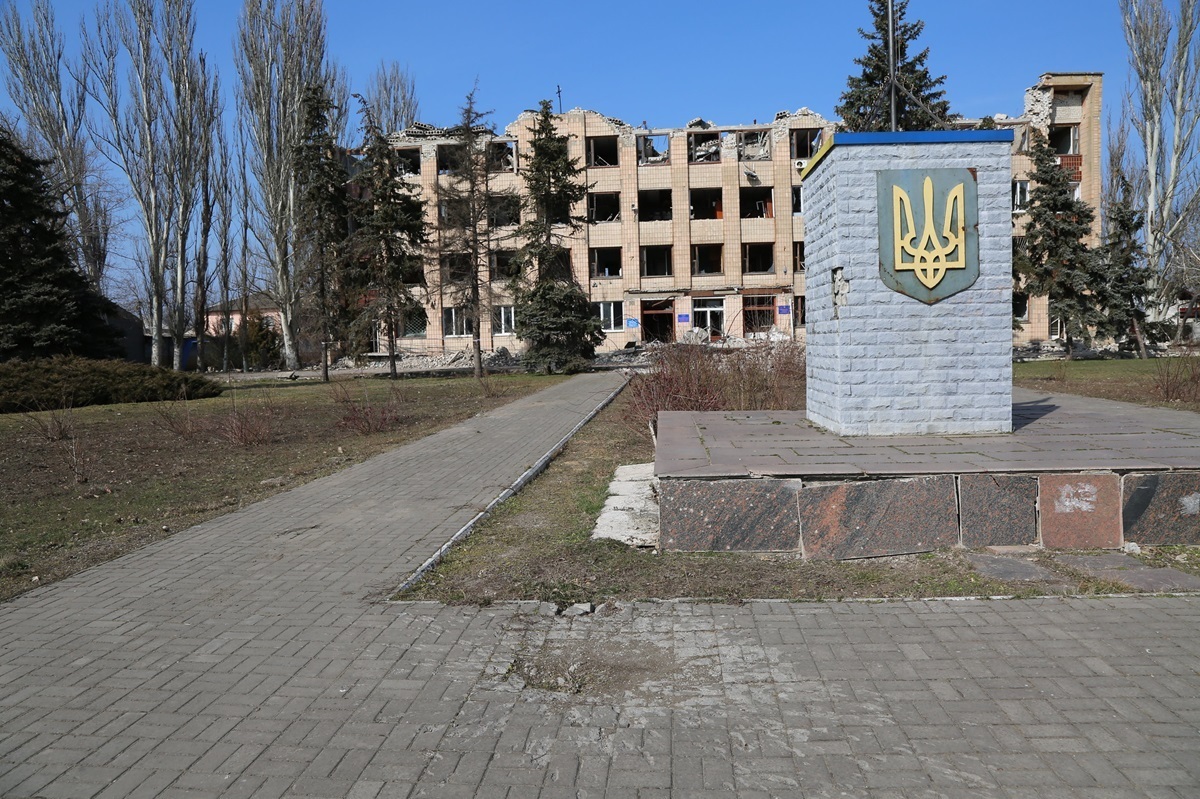
The community's housing, communal enterprises, educational, cultural, healthcare, and critical infrastructure facilities underwent catastrophic destruction. More than half of the facilities were damaged by shelling: 2326 private houses, all 52 multistory buildings, 13 out of 15 educational institutions, and 18 out of 19 healthcare facilities. After the de-occupation, 5000 residents returned to the community out of 11,163 who lived here before the full-scale invasion. Water, gas, and electricity supply have been fully restored to the Vysokopilska community, and the main state and budgetary institutions are operating here, as well as shops. Unfortunately, the community lacks labor. Only 10 percent of agricultural land has been cleared of mines. In some places, you can still see signs in private yards that read "Beware of mines."
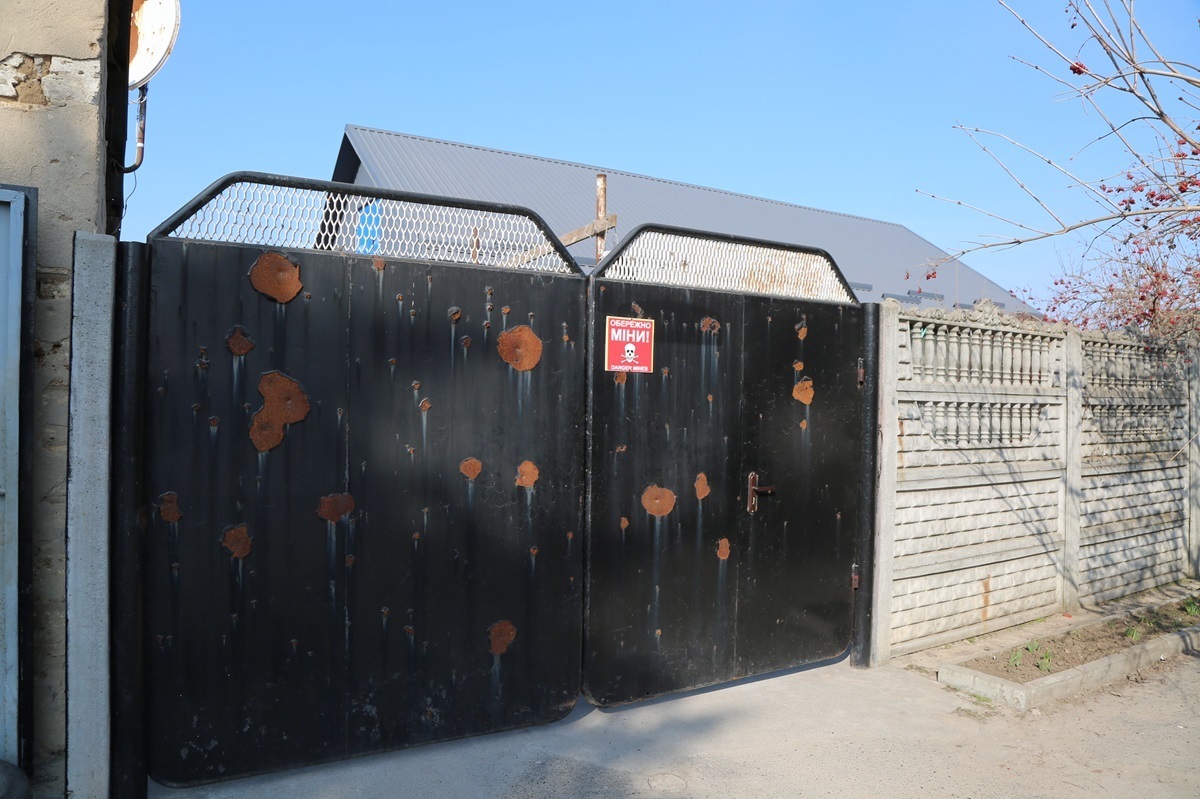
However, the community is gradually rebuilt. Thanks to various international projects, volunteers, and support from communities from all over Ukraine. For example, thanks to the state reconstruction project "Пліч-о-Пліч" (romanized: plich-o-plich; Ukrainian for "side by side"), the community managed to repair more than 200 private houses and apartment buildings. According to the head of the village military administration, Mr. Kostyantyn Sarodumov, the Khmelnytskyi, Cherkasy, Rivne, and other regions are involved in the restoration of the villages of the Vysokopilska community. Regional and local budgets provide funding for the restoration of Vysokopillia settlements.
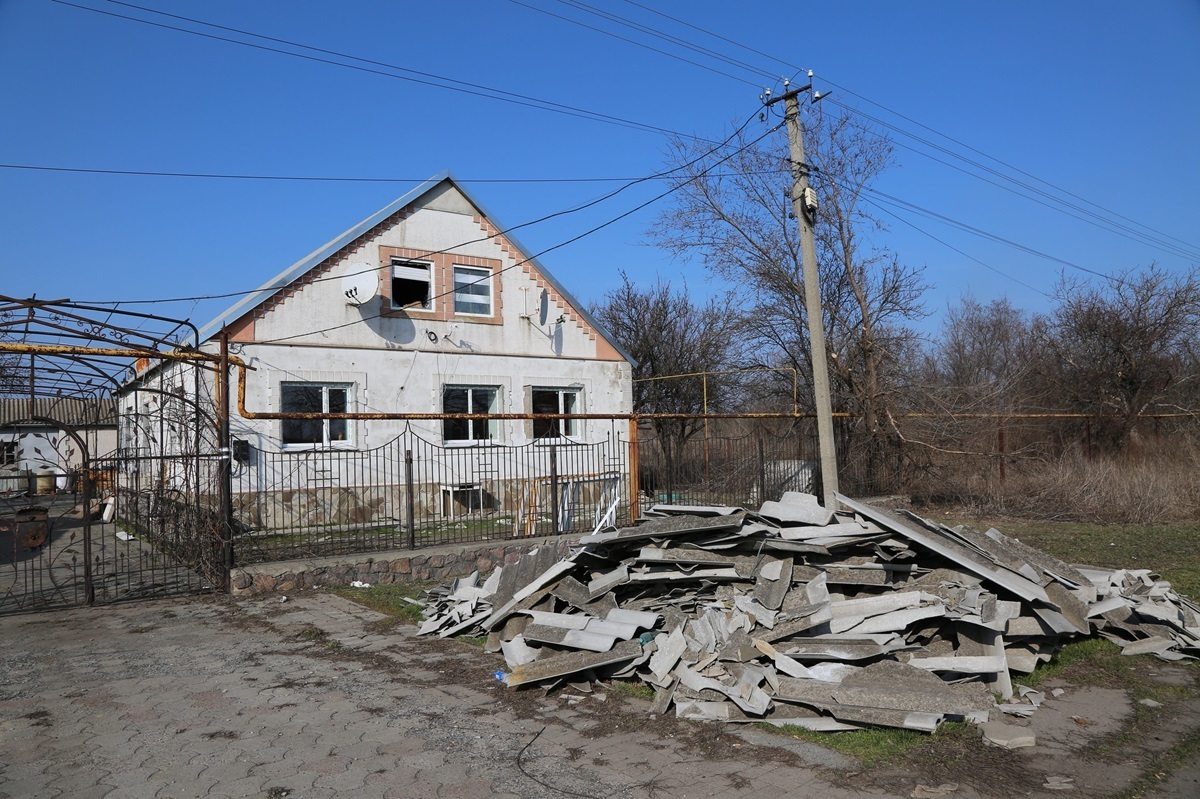
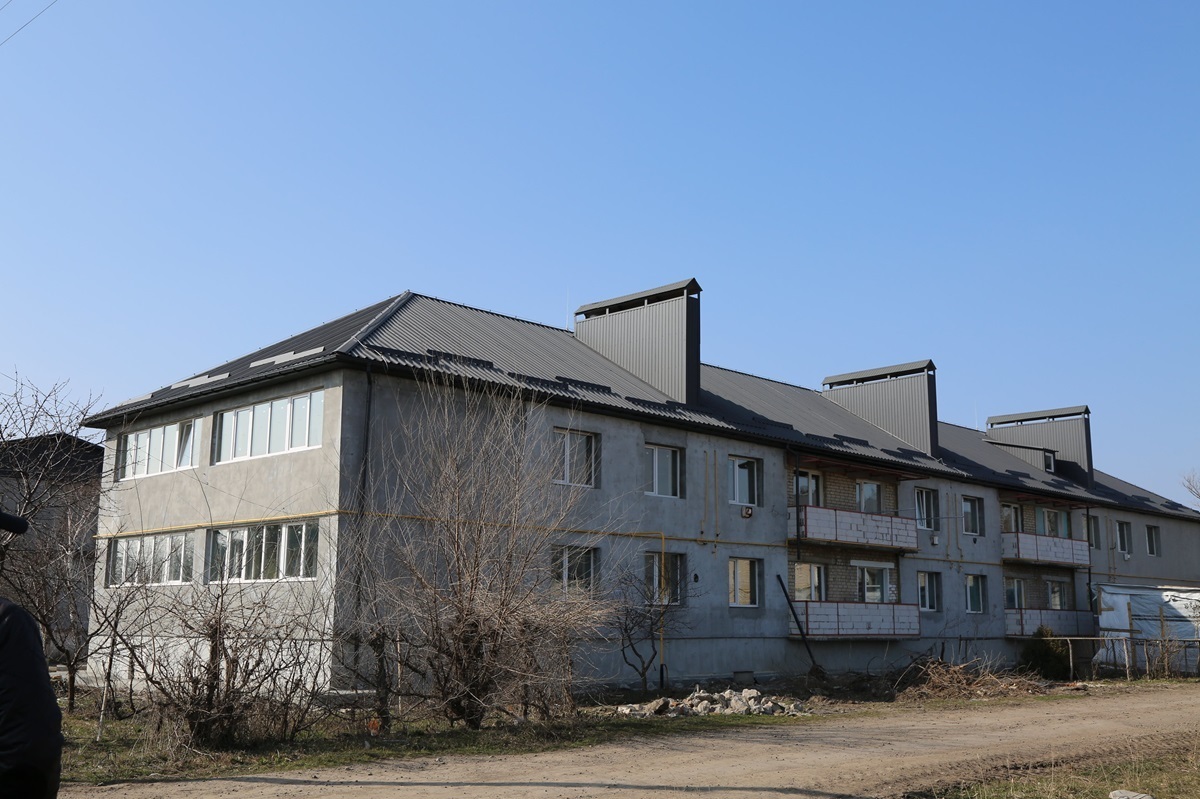
USAID DOBRE was one of the first to support the community in a difficult time. Under the Program's emergency response to the challenges caused by the full-scale war, the local utility company received special tools, submersible pumps, a 5,000-liter water tank, and automatic water supply control systems. The assistance helped restore the water supply in five settlements of the community. Tools and equipment (a mini-loader) also provided by the Program are being used by the community's utilities to clear debris, re-roof buildings, restore critical infrastructure, and set up modular medical posts.
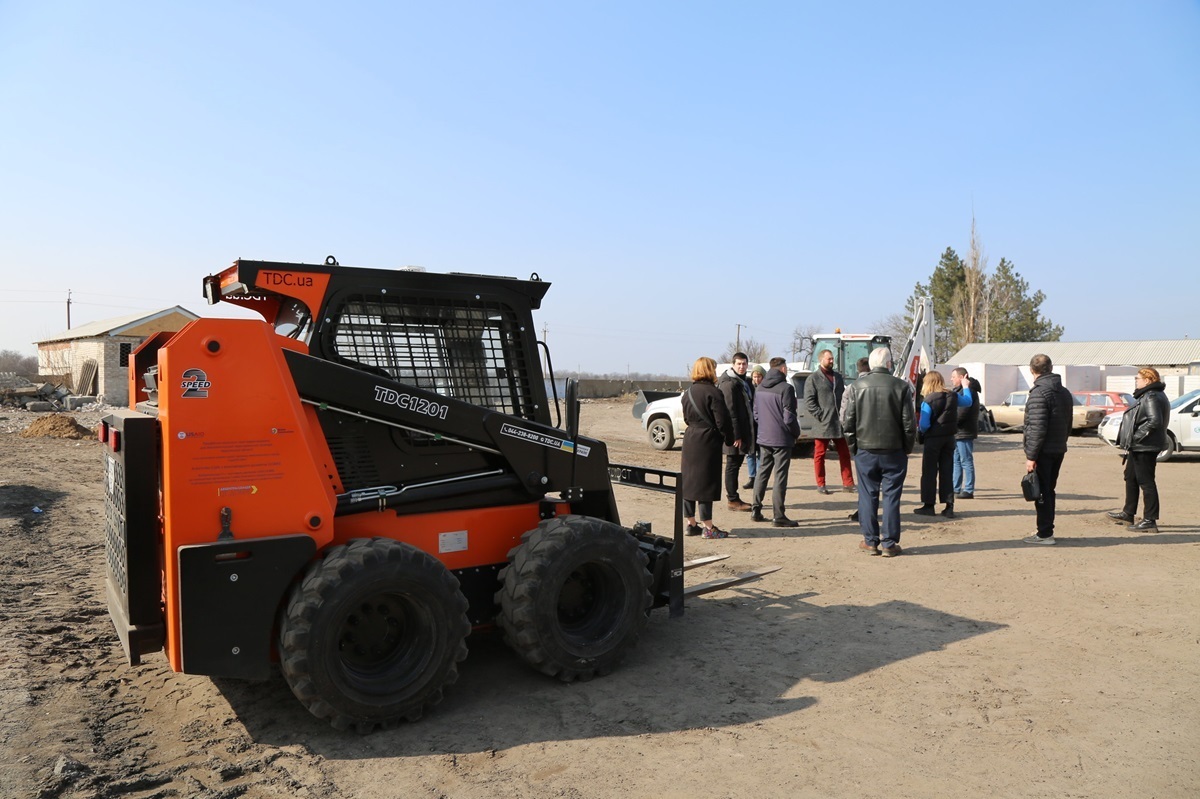

USAID DOBRE representatives visited the utility company base, inspected the building of the district hospital, which was damaged as a result of hostilities and requires an infusion of vast financial resources, and saw the two-story buildings restored as part of the Side by Side project.
In addition, USAID DOBRE officers inspected the premises where the Business Workshop, an information and resource center for business support and entrepreneurship development, is planned to be arranged. Shortly, the community will receive equipment for the center: a woodworking machine, printing equipment, and household appliances for the culinary shop.
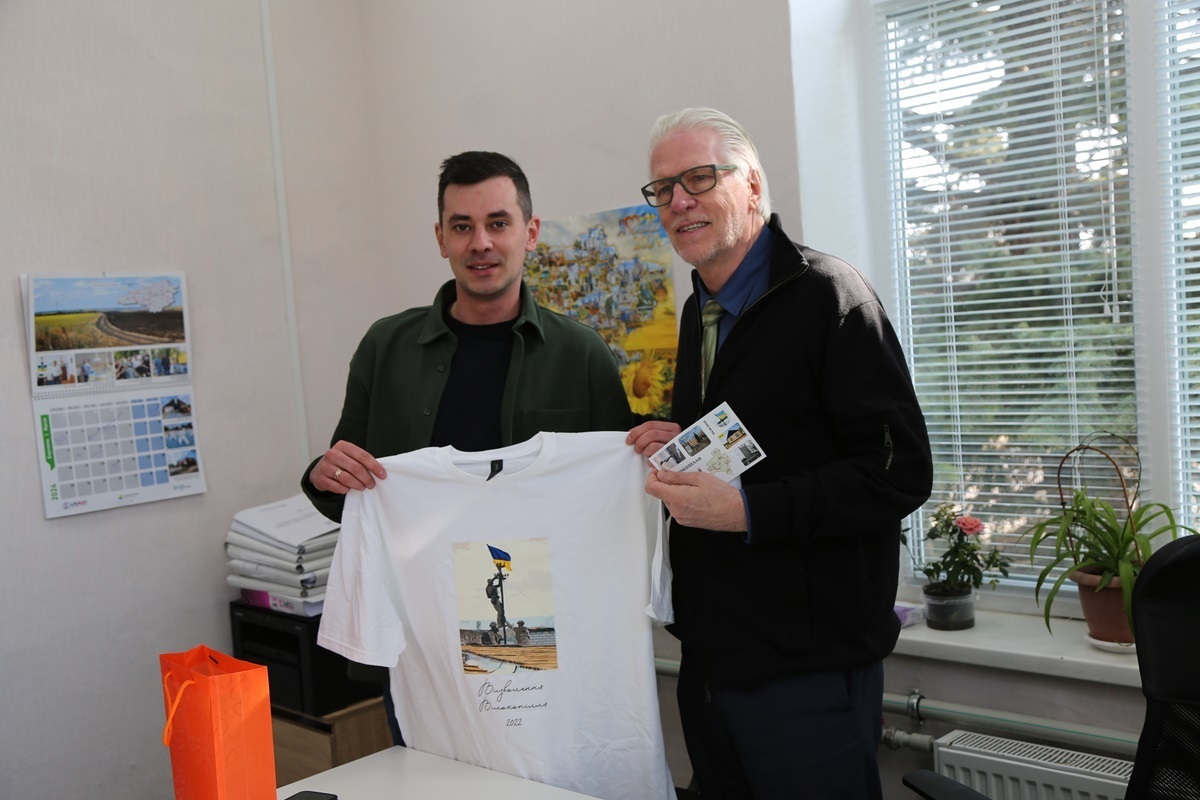
Why do communities need Comprehensive Recovery Programs?
The USAID DOBRE Program helped the Kochubeiivska and Vysokopilska communities in Kherson Oblast prepare Comprehensive Recovery Programs. Thus, the methodology developed by USAID DOBRE experts is planned to be used for other communities in Ukraine that have suffered from the full-scale invasion. The methodology has been approved and supported by the Ministry of Reconstruction of Ukraine. By the way, in 2024, USAID DOBRE experts will help Kherson CCs develop an Oblast Comprehensive Recovery Program.
Why do communities need it?
"To plan the future in a systematic and high-quality way. The situation in the community is analyzed during the preparation of the recovery program. For example, all destructions are recorded, and this information is coordinated with the Register of Damaged Property. The methodology allows us to calculate the number of people who currently live in the community and who can potentially return to the community. Or, for example, to predict business development. It is important that community residents from different settlements are involved in the development of the program. And the future of this territory is built based on the collected information," says Maksym Burdavitsyn, USAID DOBRE Deputy Chief of Party.
In addition, the Government of Ukraine and international partners will financially support communities according to such programs so that the restoration and development of communities are not chaotic but predictable. To avoid situations where, for example, a school or a kindergarten is built while no one needs it.
Today, the Kochubeiivska and Vysokopilska communities of Kherson Oblast have met the most basic needs of people and have been able to restore water, electricity, and gas supply.
"The Program started working with these communities even before the full-scale invasion and supported them in the most difficult months after it. Immediately after the de-occupation, we assisted with emergency response projects to enable communities to clear rubble, rebuild infrastructure, and provide services. During our visit, we saw that despite the devastation, the heads of the territories are working to rebuild their communities and bring residents back home. We admire the resilience of the residents who plan their future and want to develop their communities. And USAID DOBRE is ready to help them with this," emphasized Brian Kemple, USAID DOBRE Chief of Party.
In total, USAID DOBRE supports twelve partner communities in Kherson Oblast.

Tags:
war stories repair international support
Область:
Херсонська областьГромади:
Високопільська територіальна громада Кочубеївська територіальна громадаSource:
DOBRE

15 September 2025
Мінрозвитку продовжує регіональні консультації...
У вересні-жовтні 2025 року Міністерство розвитку громад та територій України організовує серію регіональних...
13 September 2025
Regional consultations on reforming local...
On 12 September 2025, the first consultation on the draft document ‘Specifics of Implementing the Concept of...
12 September 2025
Стартувала шоста навчальна платформа для керівників ЦНАП
Стартувала шоста навчальна платформа для...
11 вересня 2025 року розпочалося навчання шостої групи Навчальної платформи для керівників ЦНАП у межах...
11 September 2025
Parliament registers Resolution supporting continuity of local governments during wartime
Parliament registers Resolution supporting...
Draft Resolution No. 14031 has been registered in the Verkhovna Rada of Ukraine. It is designed to confirm the...